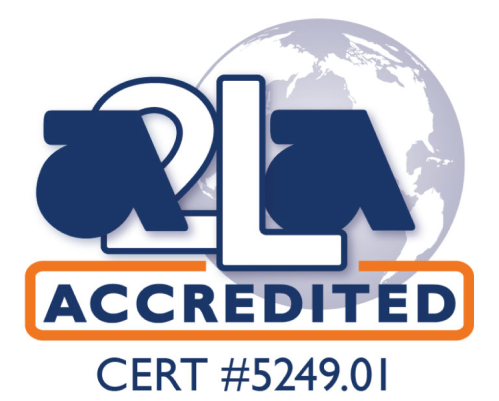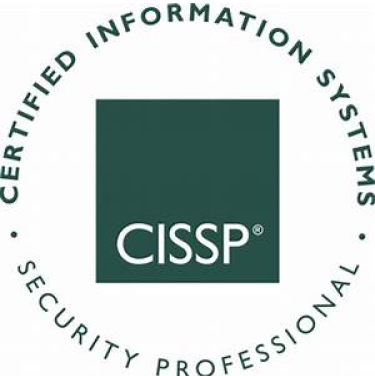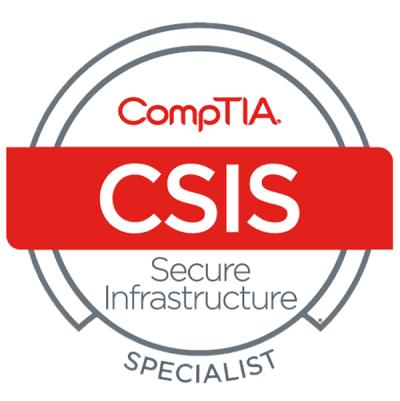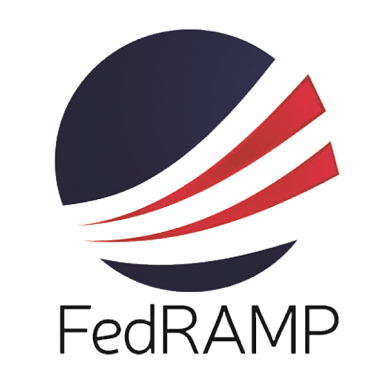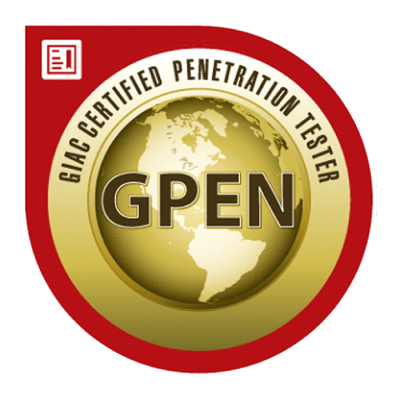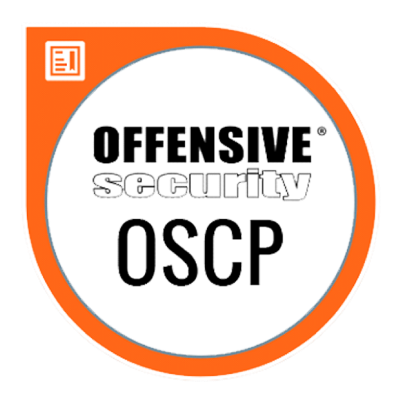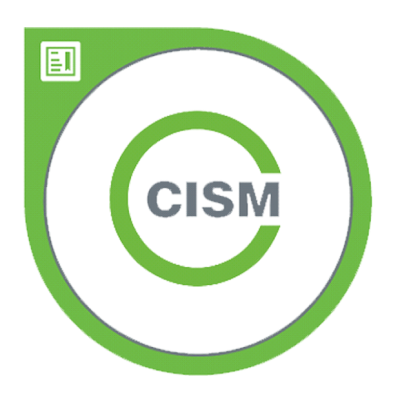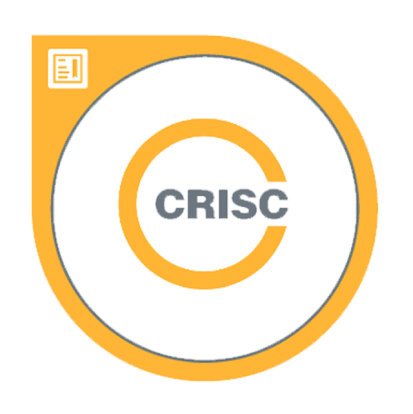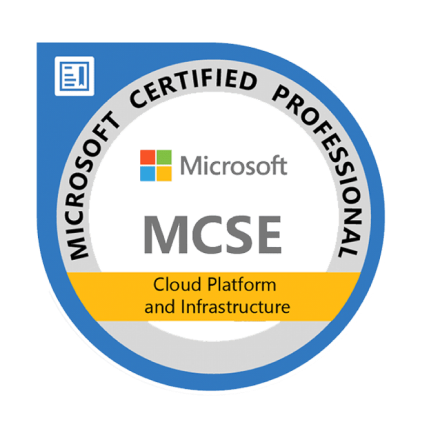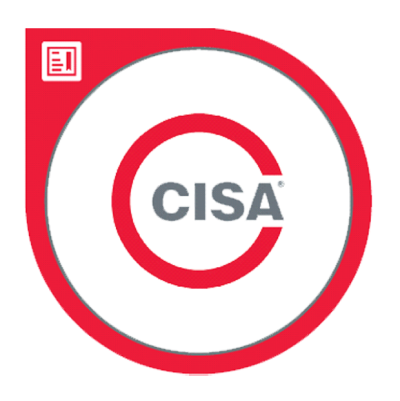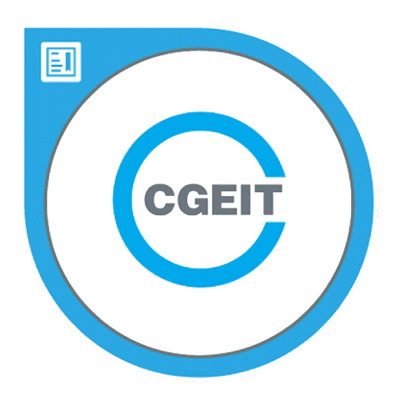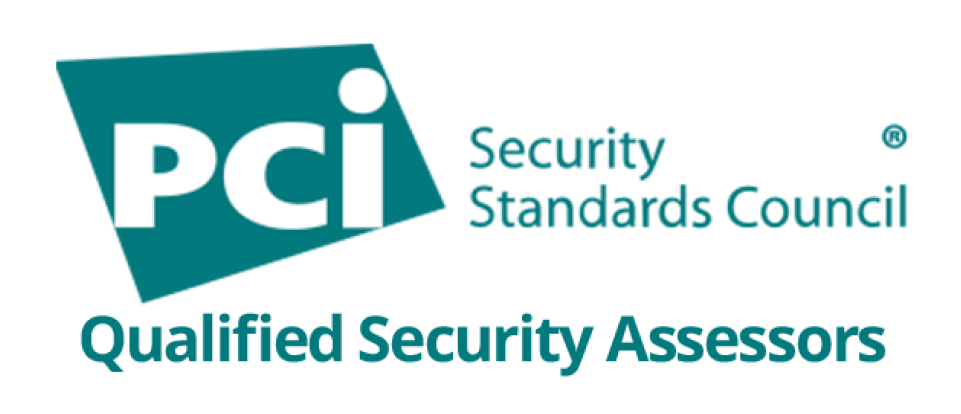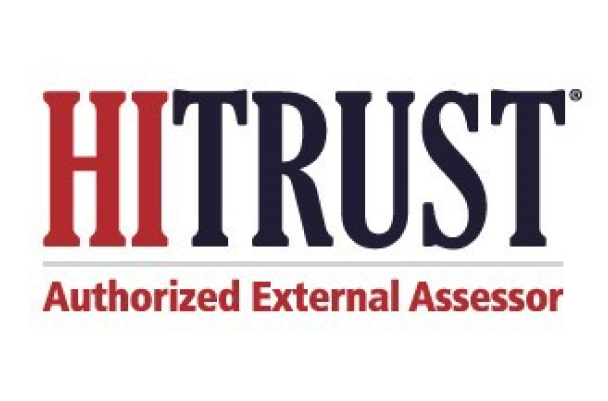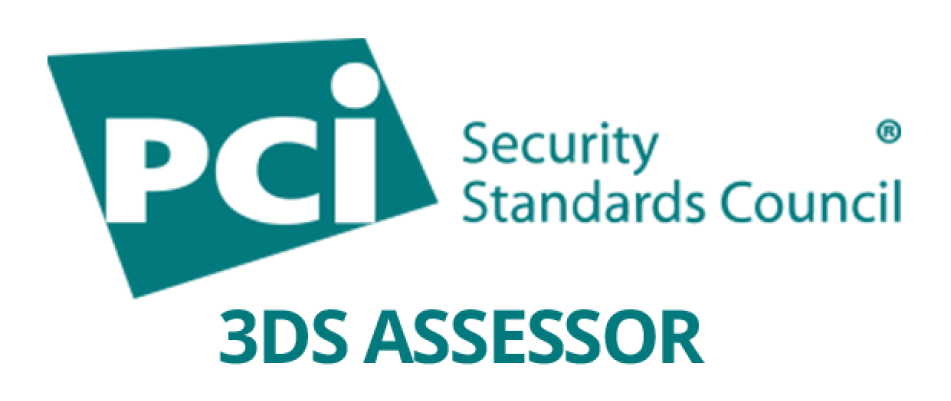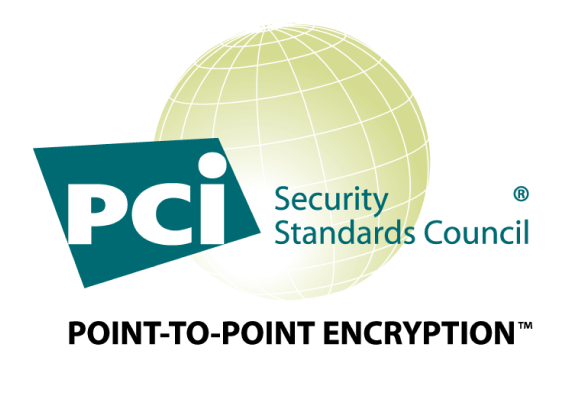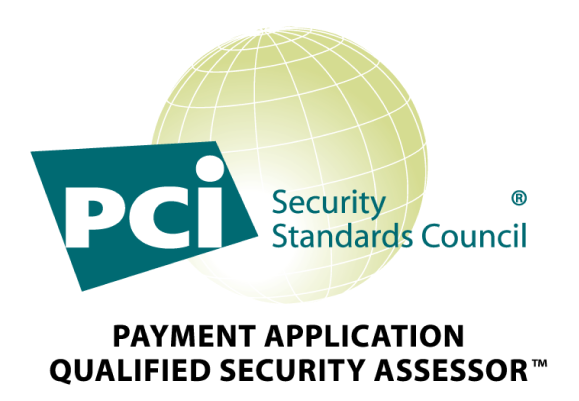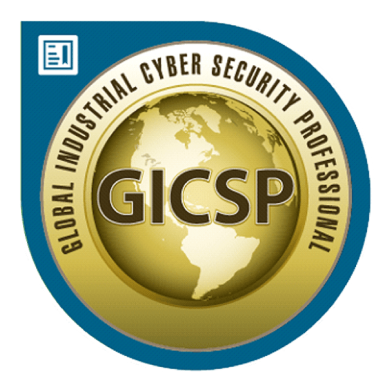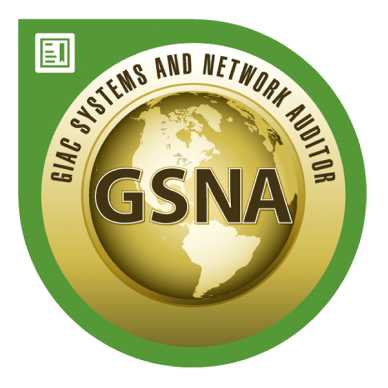NIST Cybersecurity Framework Assessment
The NIST Cybersecurity Framework (CSF) is an excellent starting point for any security program. Our expert assessors use NIST CSF to help you identify and resolve weaknesses in your organization’s security program.
Protect, Detect, and Respond with the NIST Cybersecurity Framework
The NIST Cybersecurity Framework was originally published in 2014, following a collaborative process involving industry, academia, and government agencies, as directed by presidential executive order. It is a set of optional standards, best practices, and recommendations for improving cybersecurity at the organizational level.
In contrast to the NIST Special Publications 800-53 and 800-171, NIST Cybersecurity Framework was designed for private sector organizations. This framework is intended to provide guidance for non-governmental organizations to assess and improve their ability to prevent, detect, and respond to cyber-attacks.
OUR APPROACH
Our security and compliance experts partner with your team to assess your organization’s security program against the NIST CSF framework. Our step-by-step process will identify any weaknesses that need to be addressed, and our team provides thorough recommendations and guidance on how to bring your program in line with NIST CSF guidelines.
HOW IT WORKS
The NIST SP Cybersecurity Framework
Our security and compliance experts partner with your team to assess your organization’s security program against the NIST CSF framework. Our step-by-step process will identify any weaknesses that need to be addressed, and our team provides thorough recommendations and guidance on how to bring your program in line with NIST CSF guidelines.
Component 1: Framework Core
The core component of NIST CSF is “a set of activities to achieve specific cybersecurity outcomes, and references examples of guidance to achieve those outcomes.” It’s broken down into four elements:
Functions: There are five functions used to organize cybersecurity efforts: identify, protect, detect, respond, and recover. Together, these form a top-level approach to securing systems and responding to threats.
Categories: Each function contains categories used to identify specific tasks or challenges. For example, the protect function could include access control, regular software updates, and anti-malware programs.
Subcategories: These are further divisions of categories with specific objectives. The software updates category could be divided into tasks such as ensuring Windows updates are configured properly.
Informative References: Documentation, steps for execution, standards, and other guidelines fall into this category. A prime example in the manual Windows update category is a document outlining steps to manually update Windows PCs…
Component 2: Implementation Tiers
Partial Implementation Organizations that have an ad-hoc and reactive cybersecurity posture. They have little awareness of organizational risk and any plans implemented are often done inconsistently.
Proactive Point Risk-informed organizations may be approving cybersecurity measures, but implementation is still piecemeal. They are aware of risks, have plans, and have the proper resources to protect themselves but haven’t quite gotten to a proactive point.
Repeatable: The third tier is called repeatable, meaning that an organization has implemented CSF standards company-wide and are able to repeatedly respond to crises. The policy is consistently applied, and employees are informed of risks.
Adaptive This tier indicates total adoption of the CSF. Adaptive organizations aren’t just prepared to respond to threats—they proactively detect threats and predict issues based on current trends and their IT architecture.
Component 3: Framework Core
Effective Collaboration There are five functions used to organize cybersecurity efforts: identify, protect, detect, respond, and recover. Together, these form a top-level approach to securing systems and responding to threats.
- Assistance with regulatory compliance
- Potential future improvements in legal exposure
- Effective measurement, monitoring, and communications of security posture
Business Requirement for Third Party Suppliers: NIST CSF can be used as a business requirement for companies that provide services to critical infrastructure owners, operators, and providers.
- Protect against potential weak links in the supply chain.
- Laying the groundwork for future requests for proposals (RFPs)
- Partnerships that require NIST CSF compliance.
Maintain Regulatory Compliance: Many organizations are required to meet multiple regulations with overlapping and conflicting requirements. To avoid penalties from regulatory bodies, many are forced to maintain several compliance documents describing how the organization is complying with each requirement. The standard developed by NIST CSF enables auditors to evaluate security programs and controls in a standardized format, eliminating the need for multiple security compliance documents.
Spend Security Budgets Efficiently: In an environment where cyber threat information is not readily available, organizations struggle to understand how much security is enough. This leads to organizations implementing unnecessary cybersecurity protections.
With NIST CSF, sensible standards can more easily be established. Organizations can use these standards to determine the appropriate level of security protections required, ensuring efficient utilization of security budgets.
KEY BENEFITS
Enhance Security and Manage Risk with NIST CSF
MegaplanIT helps organizations adopt the NIST Cybersecurity Framework to identify, protect, detect, respond to, and recover from cyber threats. Our experts provide guidance tailored to your environment, helping you strengthen security controls, reduce risk, and improve overall resilience against evolving cybersecurity challenges.
Our experts evaluate your systems and processes to uncover vulnerabilities and provide actionable guidance to strengthen your security posture.
Align your cybersecurity practices with recognized standards and regulations, ensuring that your organization meets both internal and external compliance requirements.
By prioritizing risks and optimizing controls, we help you use your cybersecurity resources efficiently, focusing efforts where they have the greatest impact.
Implementing a structured NIST CSF approach enables proactive risk management, reducing the likelihood of security incidents and protecting critical assets.

Partner with MegaplanIT to Achieve NIST SP 800-53 Compliance
Our innovative IT security and compliance solutions are designed to deliver customized, cost-effective service on time—because your priorities are our priorities. With a highly qualified team of PCI-DSS QSAs, Penetration Testers, and Information Security Consultants here at MegaplanIT, we will assess your unique company and business environment and design a path to security that will fit all of your needs.
